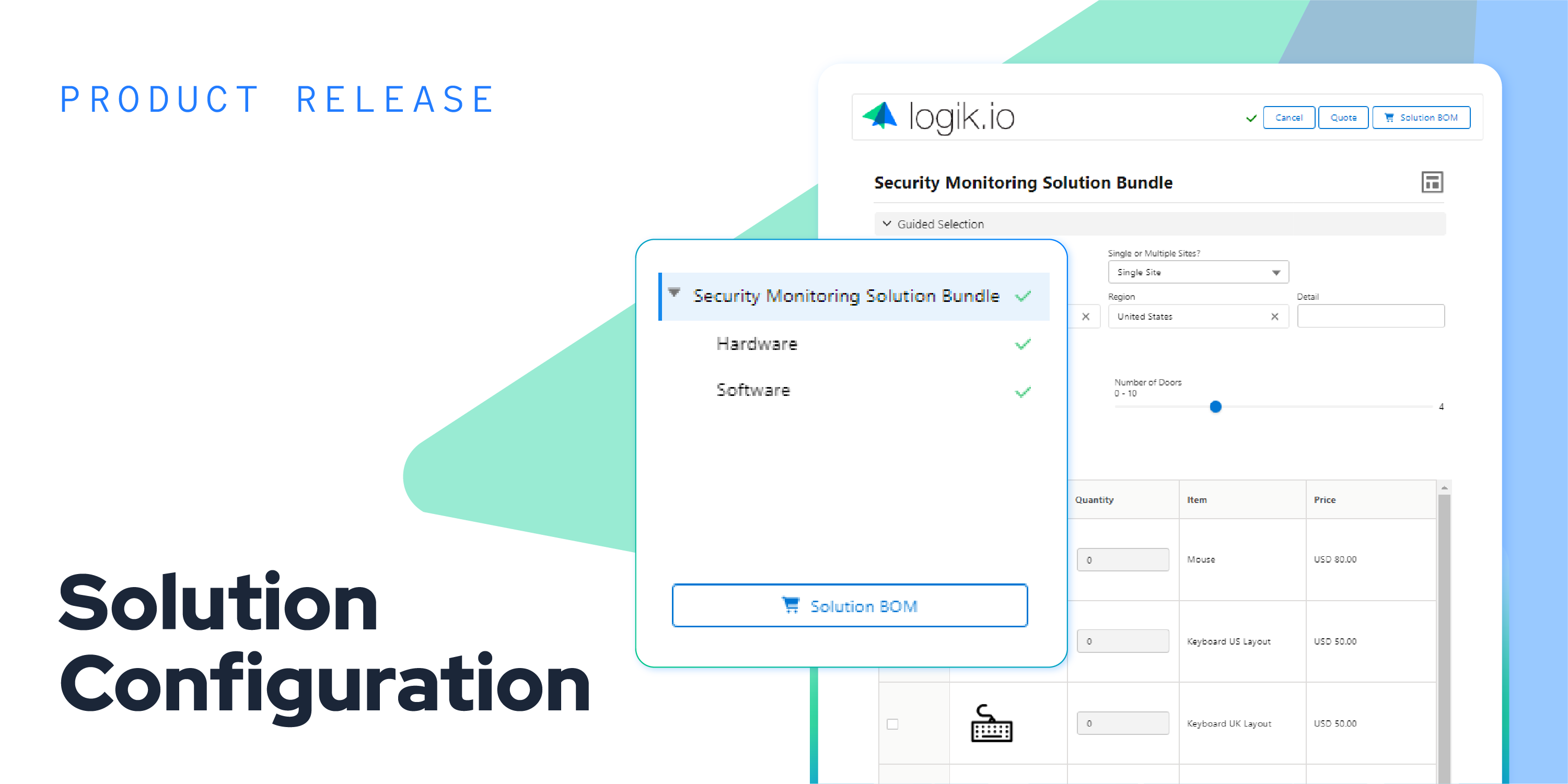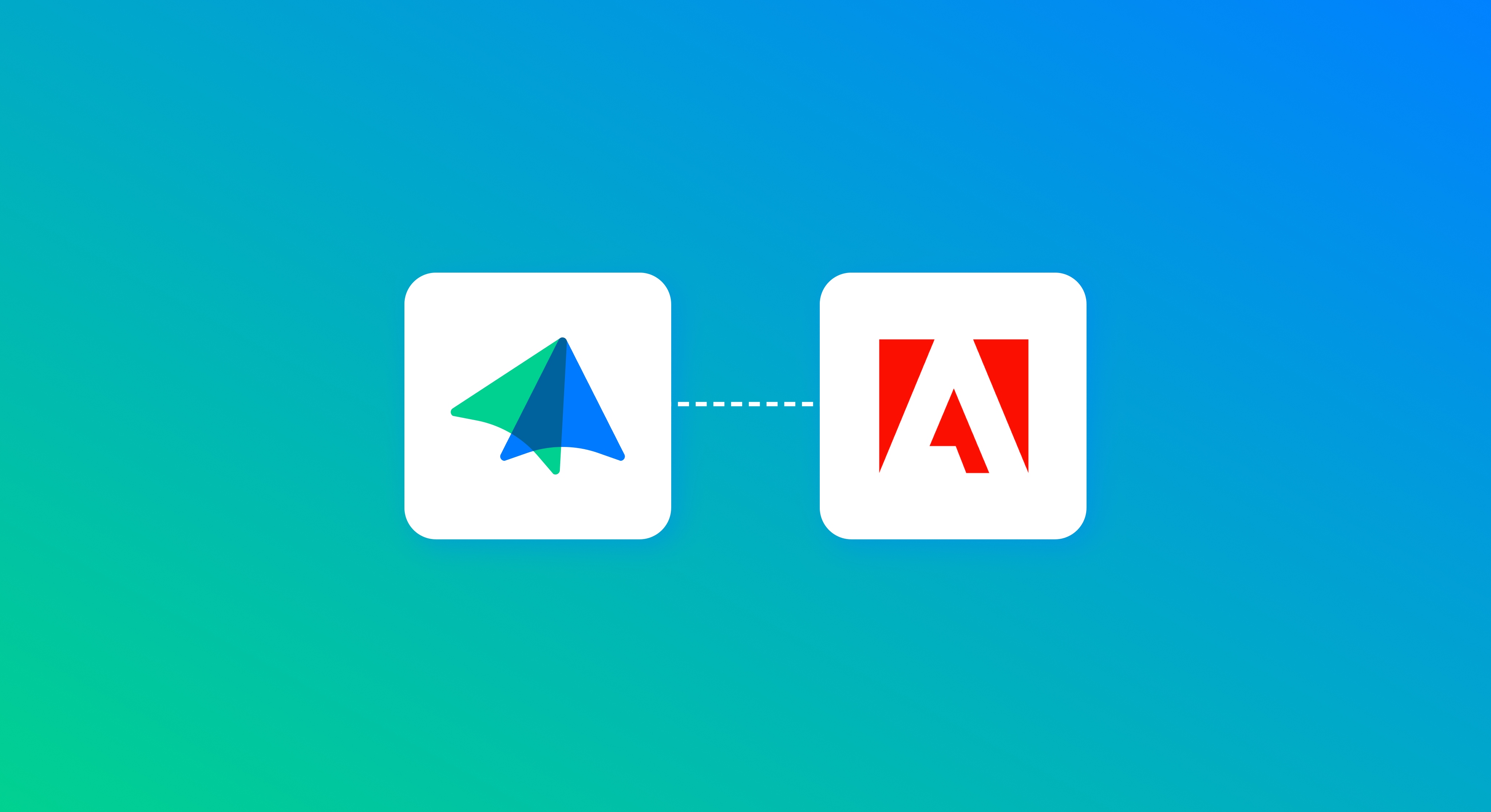It’s not every day you get a personal call (or series of calls, if we’re being honest) from CPQ leaders like those at Salesforce asking you to come out of retirement and help enhance their platform in the face of market-wide paradigm shifts.
But for Logik.io CEO Chris Shutts, such calls offered a chance to create next-level product configuration software that businesses in both B2C and B2B sectors could leverage to satisfy the increasing number of consumerized buyers.
Or, what we’ve come to know as a commerce logic engine.
Logik.io’s CLE exists to headlessly integrate directly into the Salesforce infrastructure and fill operational gaps that would otherwise lead to friction in the buying process and dissuade potential or repeat customers from sealing the deal.
In a recent webinar hosted by Salesforce, Shutts explained that repeated outreach from working colleagues at varying CPQ companies uncovered “a big opportunity to take advanced product configuration to the next level…to create a high-performance configurator that runs on the Salesforce data model but then allows customers to do a lot of things they need to address modern selling challenges.”
In just an hour, the “Modernizing Commercial Operations” webinar proves Logik.io is the key to strong omni-channel environments. To access the on-demand, free webinar in full, register at https://www.salesforce.com/form/events/webinars/form-rss/3860869
The challenges in question directly relate to the consumerization of the modern buyer over the last three years – in which the majority of commerce has gone digital, creating eCommerce environments that cater to self-guided, personalized, near instantaneous sales.
Buyers have gotten so accustomed to having their overall user experience prioritized that they are now carrying those expectations into non-traditional and B2B environments. With out-of-the-box Salesforce CPQ, these needs simply won’t – or rather, can’t – be met.
But Logik.io can deploy to supercharge the “C” of Salesforce CPQ, enhancing its overall system capability, closely aligning with the desires of consumerized shoppers and earning their patronage.
Want to know more about the dynamic duo that is Logik.io and Salesforce CPQ? Our configuration experts have put together a free, comprehensive guide that you can download for quick reference at https://learn.logik.io/cpq-cheat-sheet.
So, how exactly does Logik.io Commerce Logic Engine integrate with Salesforce CPQ to level up your configure, price, quote process? We thought you’d never ask.
Guided Selling
A leading hallmark of current eCommerce environments is the autonomy placed in the hands of buyers. Within properly architected online storefronts, they can access inventory, configure product attributes, find pricing information, and submit an order all without having to engage with a sales rep or pick up the phone.
With that, though, comes a fine balance for sellers to strike – providing the same amount of guidance and expertise a shopper would expect from a traditional sales setting or in-person rep while keeping the buyer in the driver’s seat themselves.
The prescription: guided selling software, designed for Salesforce and powered by Logik.io Commerce Engine.
Guided selling operates off of pre-set logic and questionnaire-style buyer input to present optimized results, cross-sells, bundles and promotions. Logik.io’s commerce engine works within Salesforce guided selling architecture to streamline inventory management, quicken processing time, visually render product options and leverage attribute-based configuration.
Are you confident in the differences between attribute-based and product-based configuration? More, do you understand which is best tailored to suit your buyers’ needs? We have a cheat sheet to help you out, available for free download at https://learn.logik.io/configuration-guide.
In just a few moments, our enhanced guided selling software can ensure self-directed shoppers still find themselves viewing the best fits for their needs, without feeling like a third-party presence has taken the reins on their shopping experience.
Sellers can reduce the amount of research buyers need to come prepared with to make an order, and can gently steer them away from selections they won’t be satisfied with.
Bills of Material (BOMs)
We all know the front-facing sales funnel: a buyer engages with your storefront, makes a selection from available inventory, modifies their selections to be just right, and submits the order for shipping and processing.
What isn’t given as much time of day are the bills of material (BOMs) that are generated as a product of this funnel. There are different subtypes of BOMs, two of which come into play with our CPQ offerings – sales BOMs and manufacturing BOMs.
Sales BOMs act as general receipts for submitted orders, confirming the selections a buyer has made to construct their cart. For example, a graduate student ordering a new laptop and accessories for the school year may see line items for the model of laptop, charging cord, carrying case and external hard drive they put into their cart.
These bills, though, are not comprehensive; a buyer does not always need to see the individual components that would be present on a manufacturing BOM.
With manufacturing BOMs, the focus is the physical construction of tangible items ordered, and are inclusive of everything that goes into production. Manufacturing BOMs would, in this example, include line items for all of the hardware necessary to put the laptop together, down to circuit boards and screws.
Logik.io for Salesforce streamlines the creation and presentation of BOMs, particularly sales BOMs, for the benefit of you and your buyers. Our software incorporates directly into the quote-to-cash process, and allows for SKU triggers and overall automation that gets the right line items on the right BOMs.
Buyers have a clearer, more direct idea of what they’re walking away with, and can trust that their seller has the rest under control.
Product Rules
Integral to the construction of Logik.io Commerce Engine for Salesforce CPQ are internal product rules – or, the “logic” that inspired our name as a whole. Product rules for Salesforce CPQ itself have been able to tide over users, but still need some help to scale in accordance with the current market.
We support the most complex and detailed of rules, restrictions, requirements, recommendations and relationships – kinds that Salesforce couldn’t have imagined when getting going. Omnichannel experiences can quickly be equalized with a single set of pre-programmed logic, helping you future-proof your tech stack.
Leverage proprietary features like our newly-announced “Sets” to increase reusability and decrease maintenance requirements for your product rules.
Sets allow you to accommodate wider sets of use cases with base guidelines, mark a faster time-to-value than traditional, explicit rule definition, and lower the amount of custom coding, script, and technical knowledge required to deploy updates.
Small in name but big in impact, see how “Sets” help you sell more, sell faster, and maintain less in under 10 minutes:
Salesforce has served as a fantastic scaffolding for CPQ users the world over to build their tech stacks around. With over 100 combined years of experience between our CEO, co-founders, and executive leaders, it makes sense that the Logik.io CLE has been trusted to flesh out the more intricate aspects of their configuration.
If you think your Salesforce environment could benefit from our offerings, reach out to one of our subject matter experts and sales mavens at https://www.logik.io/talk-to-sales.



